Abstract Games
Abstract strategy games have a legion of fans around the world, and it's not a surprise. Several classic board games follow this style, such as Azul, Tigris & Euphrates, Patchwork, Go, Chess, among others.
Their main characteristics are:
- no theme;
- no plot;
- simple and/or straightforward design and mechanics;
- prioritize the player's ability to overcome their opponent(s);
- few or no elements of luck or random occurrences.
These traits can all be found in Rondo. Let's play!
Rondo - Game Info
Rondo is a 2-to-4 players game, age 8+, by designer Reiner Knizia. Art by Eckhard Freytag.
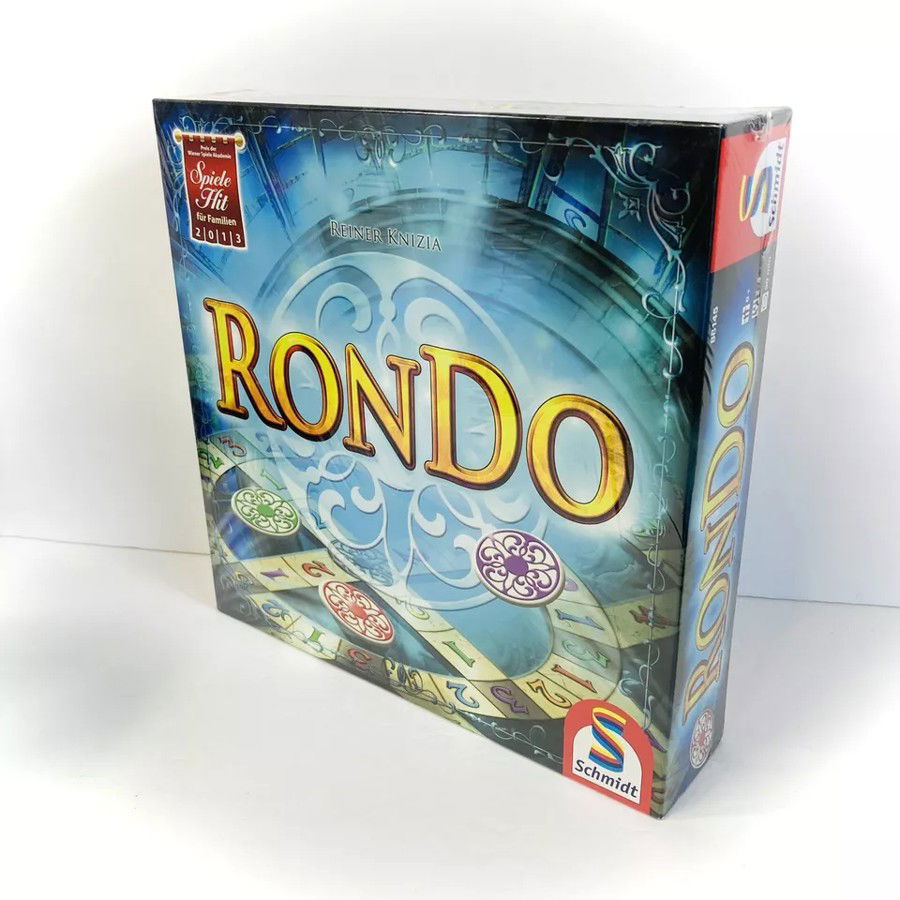
Like every game by master Reiner Knizia, it was nominated and featured in major awards. In 2013, it was nominated in 2 categories: Best Abstract Game by Golden Geek and Best Game for 8 to 13 years old by Kinderspielexperten. Also in the same year, it was recommended as Best Family Game by Spiel der Spiele and as Game of the Year by the famous Spiel des Jahres.
The Game
You want to place your colored tokens on the same-colored spaces in Rondo. It is not easy, because your opponents want the same. You cannot simply choose any tile, you have to continue one of the routes already used on the board.
In other words, you must make strategic decisions in order to score and make it hard for your opponents to follow. Are you ready?
This is the background for Rondo!
Setup is simple: place the board in the center of the table, all the tokens in the bag, each player puts their scoring board on the 0 space of the tracker, picks a rack for their pieces, collect 2 pieces from the bag and place them on the stand, and that's it!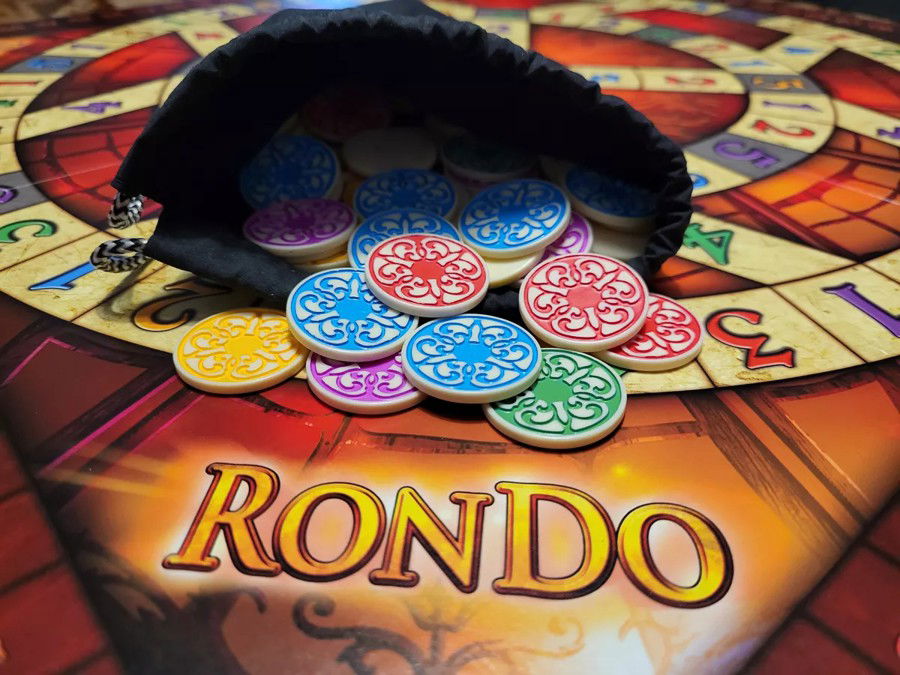
The goal is to place the colored tokens on their corresponding squares on the board and score the most points. The numbers on the board indicate the points scored by placing one or more pieces of the respective color.
A turn in Rondo is simple, there are only 2 possible actions to choose from:
- 1) place as many pieces as you want and can on the board, and score;
- 2) do not place any pieces, collect 2 new pieces from the bag and place them on your rack.
Each option has interesting nuances. Placing pieces on the board is obviously the best, but you should think about how the board will look afterwards, as it may favor the next player to score more points.

If you don't have a token with the same color, you can choose to place one of your pieces face down, and "skip" that spot without scoring. This is useful to access further tiles and score more points, or prevent others from scoring.
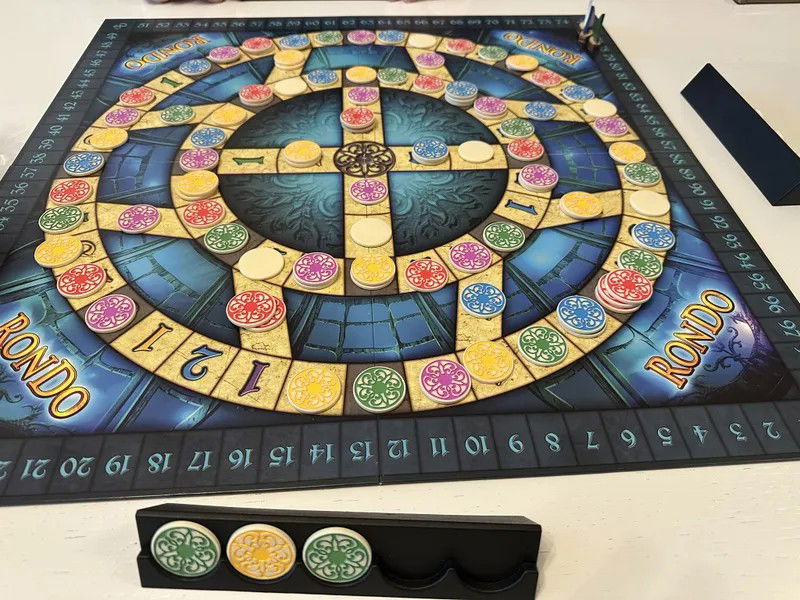
Once you've finished this action, take 1 new token from the bag and place it on your rack. Tokens placed on the board should cover the numeric values, thus allowing you to score.
The second option is to not place tokens, which allows you to collect 2 new tokens from the bag. This can be strategic:
- because you don't have the right colored tokens;
- if placing your tokens will give your opponents an advantage;
- to have more options for the next turn.
Your rack is limited at 5 pieces, so managing them will dictate how effective you are.
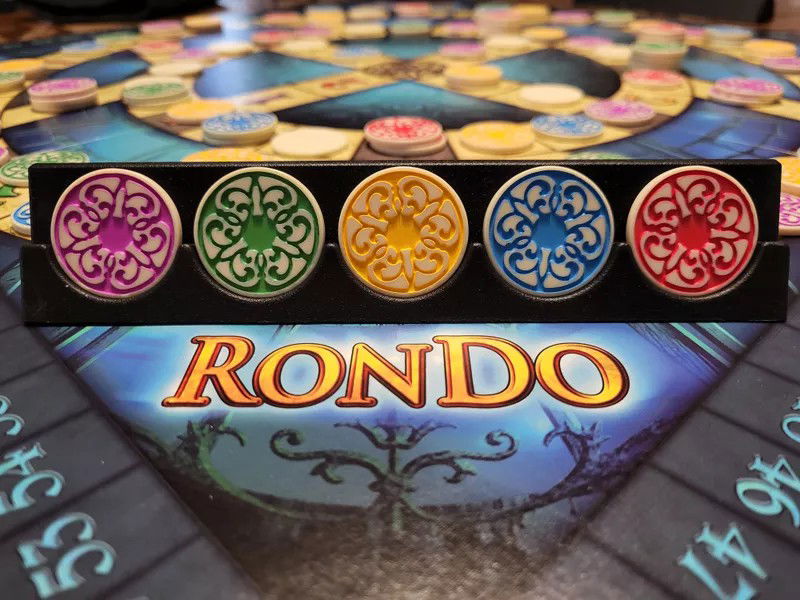
Once you do an action, play proceeds with the next player to the left.
And that's a turn in Rondo!
Ending the Game
The game ends when one of two things happen:
- when the last gray tile on the board is covered with a piece;
- if a player cannot pick a new token because there are no more in the bag.
Below is an example of the gray tiles to be covered:

And now an example of a game ending with all gray tiles covered:
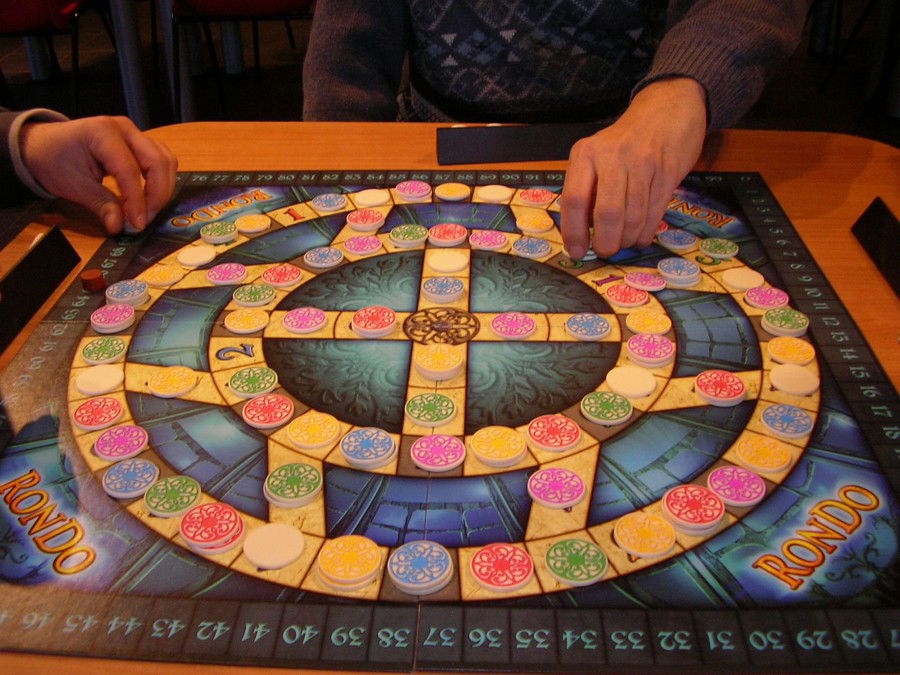
After a condition triggers the end of the game, the current round is finished, ensuring that everyone played the same number of turns. The player with the most points wins.
In the event of a tie, the player with most pieces on the rack wins. If the tie persists, the game ends in a draw.
Strategy Tips
Rondo is based on strategy, calculation and piece management. Try to have the right piece at the right time and maximize your score.
Being the first player is not an advantage, as you must start adjacent to the center circle, where the lowest points are. To mitigate this, you can:
- pass and collect 2 tokens from the bag, preparing for the next turn;
- if you have 2 tokens of the same color, place them together, doubling the points.
You can place as many tokens as you want in a single space, as long as they are the same color, multiplying the value of the spot by the number of tokens.
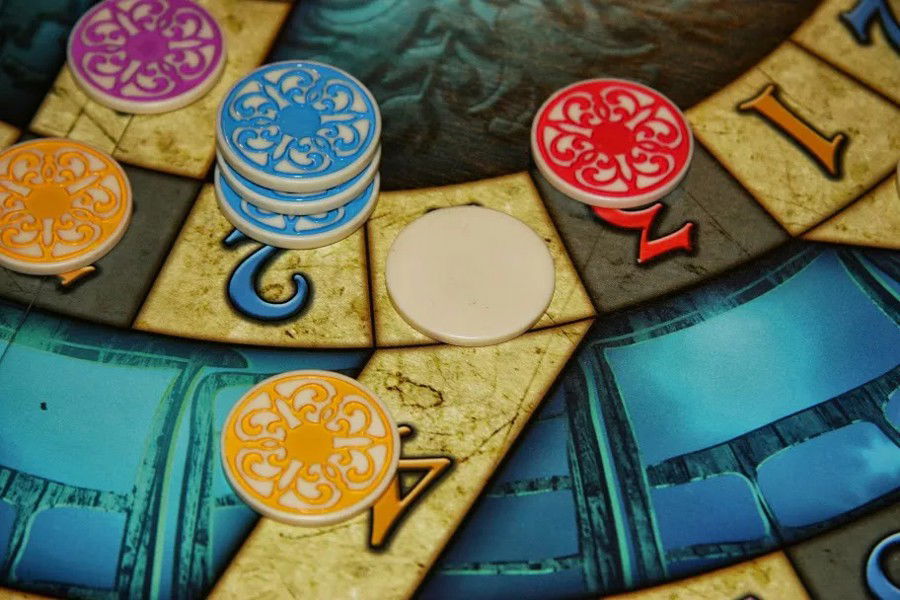
At the beginning of the game, players wait for another player to start placing tokens. Once the game gets going, players cannot go both ways once a crossroad is reached. They must choose and continue on only one path.
You can only once per turn place tokens face down to “skip” tiles. Use this strategically.
The board is double-sided, blue and red. Tryhard gamers prefer the red side because of the higher scores, meaning a good strategy is rewarded.
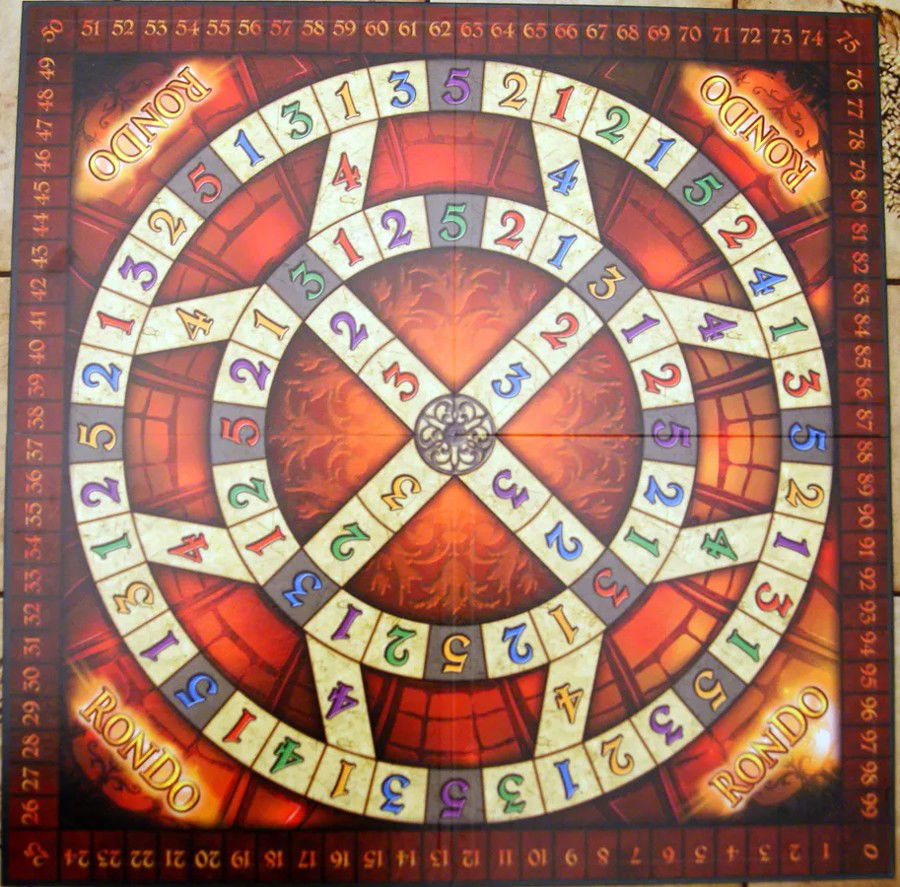
On Red side, there are 12 tiles with the maximum score of 5, whereas the Blue side only has 5 tiles. Each board scores very differently.
Use your strategy, manage your pieces and win in Rondo!
Unboxing and Rules videos
Unboxing:
Rules:
Pedagogical Tips
If you are looking for a game that offers excellent brain stimulation, easy to explain, simple to play, but also very strategic, Rondo is the game for you!
In the first matches, I recommend using the blue side, with lower-point tiles, in order to stimulate adding and multiplying values during the game.
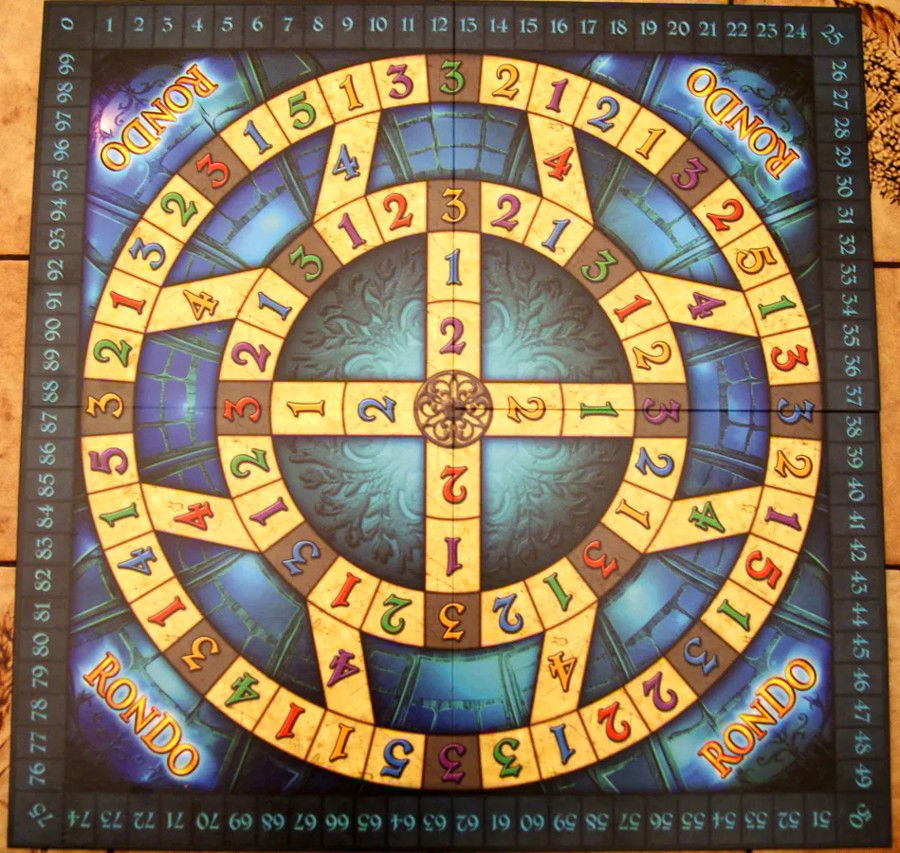
In addition to mathematics, strategy and logical thinking will be required, after all, players will be constantly calculating and developing strategies on where to place pieces and score more points, while refraining from giving an advantage to the next player. An excellent mental exercise.
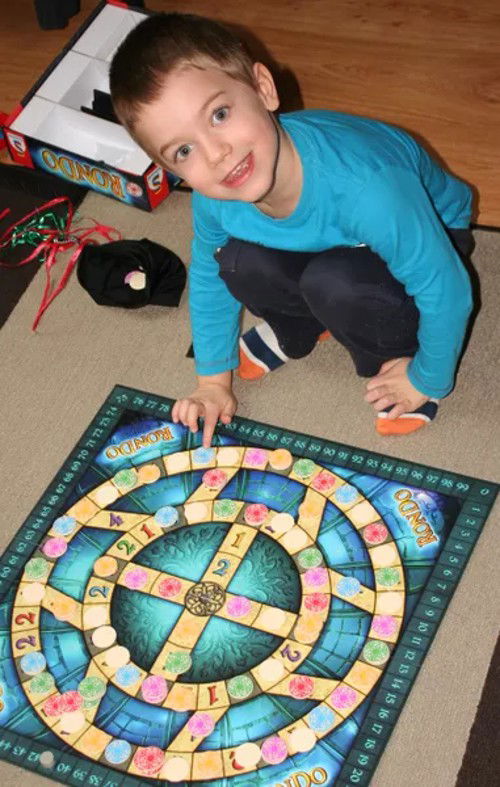
Piece management is important when players consider whether to play pieces or prepare their next turn by taking 2 more pieces. Sometimes, scoring by multiplying is better. This will bring an excitement during gameplay.
Pedagogically, Rondo is accessible, brings children together, stimulates management, decision-making, logical and mathematical reasoning, and is also fun!
I recommend Rondo for your collection!









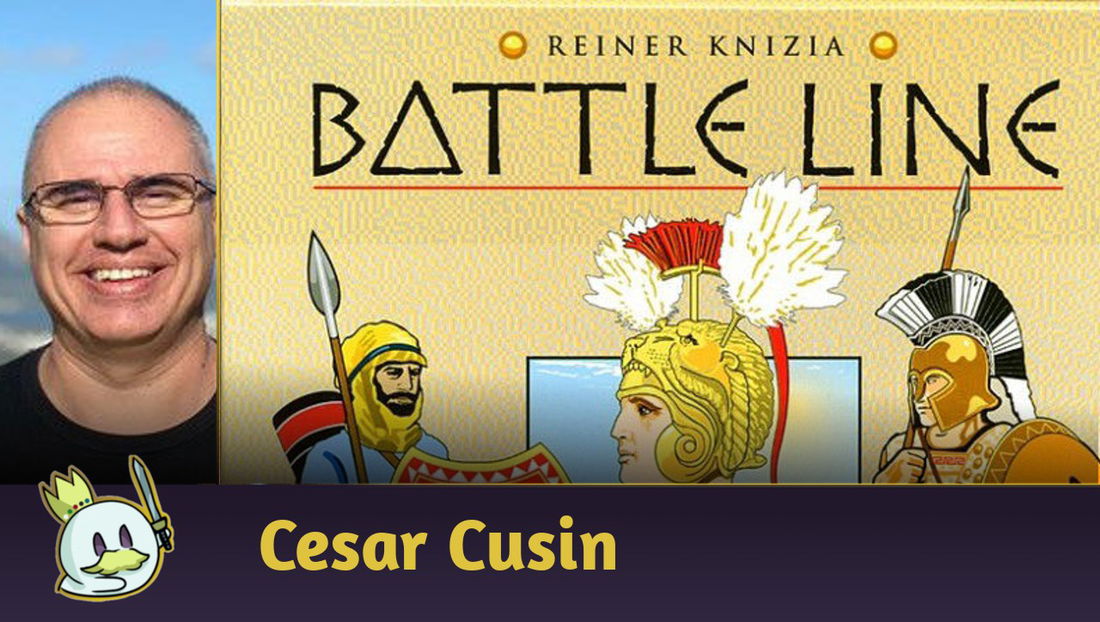


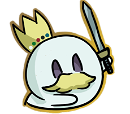
— Comments 0
, Reactions 1
Be the first to comment